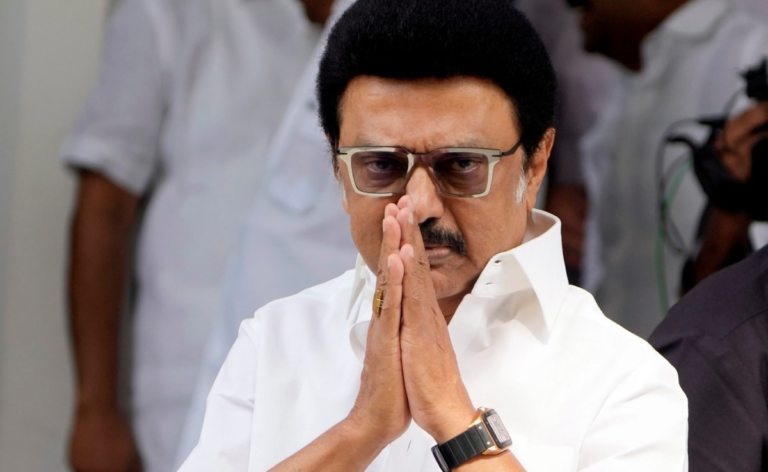
The Maha Vikas Aghadi and Mahayuti, the two political alliances in Maharashtra, have been riven by internal dissensions so much so that they have not been able to finalise seat allocations even though five constituencies in the state vote in the first phase. This is not surprising since these recently formed alliances are ridden with contradictions including overlapping social bases and competing political legacies of the constituent parties.

Maharashtra politics had a settled look since the state’s formation in 1960, until the 1980s. The Congress ecosystem constituted the main pole of state politics for the first three decades while multiple contenders, including breakaway groups from the Congress, jostled for the Opposition space, and even won office in 1978. The entry of the Shiv Sena into electoral politics in the 1980s and its alliance with the BJP in the 1989 elections produced a clear second pole that was distinctly ideological and opposed to the Congress brand of nationalism. The next 30 years saw politics in Maharashtra revolve around these two poles, with the Sena-BJP alliance, representing the combined strands of Marathi nativism and Hindu nationalism, gaining ground. The collapse of the Congress system – splits and decline of the cooperatives – also facilitated this power shift. However, the stability was disrupted when the Sena and the BJP alliance fell apart in 2019, leading to a reconfiguration of political equations. The formation of the Maha Vikas Aghadi (MVA) was significant since it saw the Nationalist Congress Party and its parent outfit, the Congress, agreeing to join a government led by the Shiv Sena. The churn further intensified when the Shiv Sena and NCP split and the BJP formed the Mahayuti with the splinter groups, now recognised as the mother outfits.
This is the first election since the formation of MVA and Mahayuti, which has turned Maharashtra politics into a crowded space. Besides, both the alliances have an unsettled look with the NCP and Sena factions yet to grow into distinct parties. In this chaotic landscape, each party/faction is aiming to consolidate its strengths, among its followers as well as in the various regions, which has triggered intense competition within the alliances. The tussle between the Congress and Shiv Sena (UBT) over Sangli and various Mumbai constituencies is one example that exemplifies this trend. Sangli is in western Maharashtra, the Congress-NCP heartland, where the Sena-UBT wants to make its presence felt so that it is not seen as a party limited to Mumbai and Konkan. The cross-movement of party factions has resulted in former partners making claims for the same seat, largely also to retain their base. The fragmentation of the Sena and NCP, two big players, has also opened up the contest and provided space for many smaller parties and groups to bargain beyond their actual strength. Prakash Amabedkar’s Vikas Bahujan Aghadi (VBS), a legatee of Maharashtra Dalit political tradition, bargained hard with the MVA in the hope that the latter would need its help to consolidate the non-Hindutva vote in the state – the talks have failed and VBA is building a third front. Throw in the parties speaking up for peasant interests (Raju Shetty-led Swabhimani Paksha and Peasant and Workers Party) or influential figures such as Manoj Jarange-Patil representing the restive Maratha caste constituency, and the picture that emerges is of chaos and confusion.
The big prize, of course, is the assembly polls in December. In fact, for the NCP and Sena factions, the general elections are the first big test of their ground strength. No party wants to cede space to a rival lest it should cost the future. Which is why it has become tough for party/alliance managers to resolve seat disputes.
Continue reading with HT Premium Subscription
Daily E Paper I Premium Articles I Brunch E Magazine I Daily Infographics








